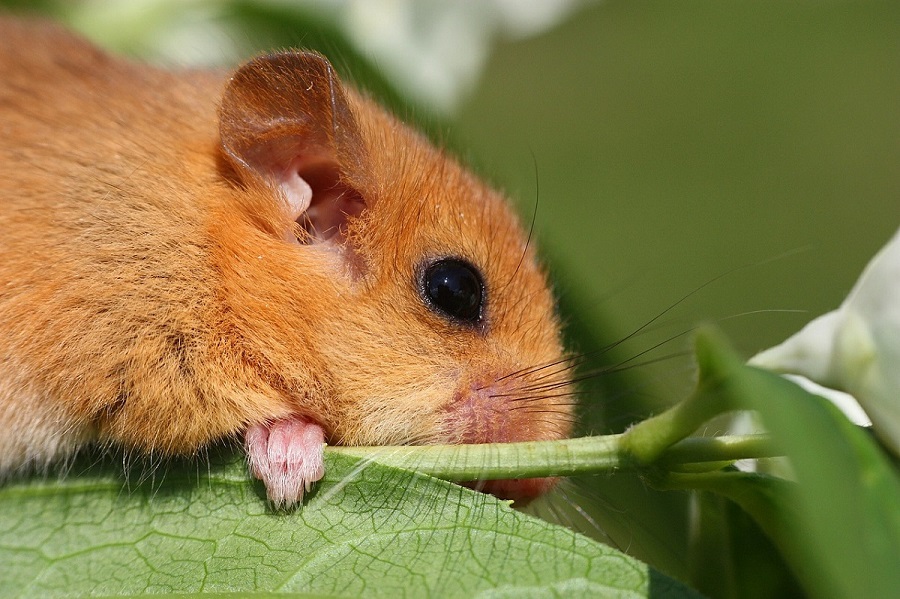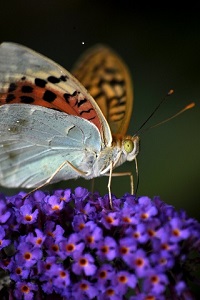News
Stories making wavesAll aflutter with State of Nature 2019 report
UK Wildlife continues to decline, with more than a quarter of mammals facing extinction, according to the State of Nature report for 2019, published last week. More than 70 conservation and wildlife organisations, together with government agencies and millions of data records from expert volunteers studying 7,000 species concluded that over half (60%) of species in the UK, including animals, birds and butterflies, have declined since 1970 and one in seven specials of animals, birds, insects and fish are under threat.
Butterflies and moths were amongst the biggest losses, down 17% and 25% respectively - the numbers of High Brown Fritillary and Grayling butterflies have dropped by more than three quarters. The average number of mammals have also fallen by around a quarter (26%) - with Wild cat and Greater mouse-eared bat teetering on the edge of disappearing. Other mammals in decline include the European hedgehog, the European Watervole, the Eurasian beaver and the Hazel dormouse.

The authors blame "significant and on-going changes in the way we manage our land for agriculture and the on-going effects of climate change (for) having the biggest impacts on nature." They also cite the clearing of land for housing and the huge problems of pollution.
However there is hope and great strides have been made by a number of organisations to halt the decline of our species - for example the Duke of Burgundy and Large Blue species of butterfly have been brought back from the brink.
 What can we do to help?
What can we do to help?
It's easy to feel powerless but we can all help wildlife species across the UK by doing more to invite into our gardens or nearby parks. We can plant wild flowers or grow hedges to create habitats for wildlife to explore and live in as well as inviting particular insects or mammals or birds by planting foliage they like, or putting up bee hotels, or hedgehog houses and bird nesting boxes. We can cut out the use of all insecticides/pesticides and encourage our families and neighbours to do the same. By planting one tree we can remove one tonne of carbon from the air over 40 years. And that single tree can provide a home for a vast number of insects, mammals and birds.
You can download the full State of Nature report here